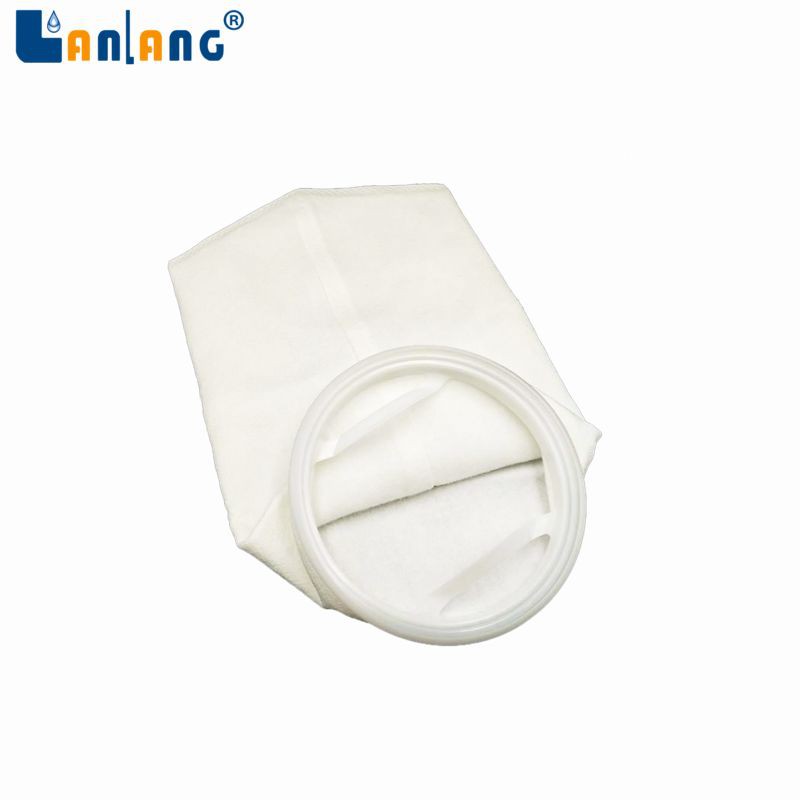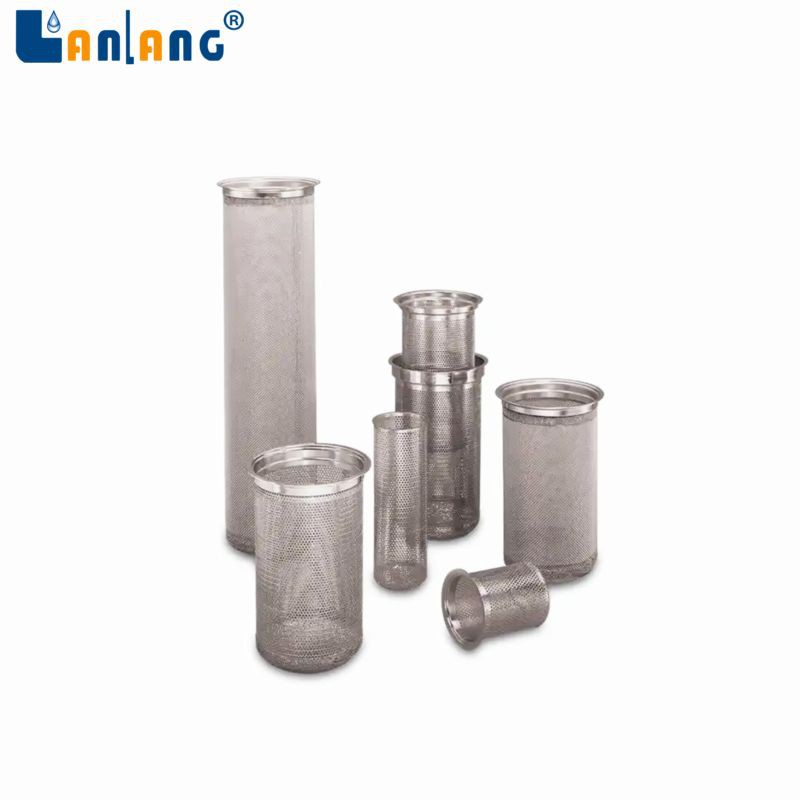As a nylon filter bag supplier, I understand the critical importance of ensuring the quality of our products. Nylon filter bags are widely used in various industries for their excellent filtration performance, durability, and chemical resistance. In this blog post, I will share some effective methods to test the quality of a nylon filter bag, which can help you make informed decisions when purchasing these products.
Physical Inspection
The first step in testing the quality of a nylon filter bag is a thorough physical inspection. This involves examining the bag's appearance, construction, and dimensions.
Appearance
Check for any visible defects such as holes, tears, or uneven seams. A high - quality nylon filter bag should have a smooth and uniform surface. Any irregularities on the surface may indicate problems during the manufacturing process and can lead to leakage or reduced filtration efficiency.
Construction
Inspect the way the filter bag is constructed. The seams should be strong and well - stitched. Weak seams can easily come apart under pressure, causing the filter bag to fail. Additionally, look at the closure mechanism of the bag. It should be secure and easy to open and close, ensuring that the bag can be properly installed and removed during the filtration process.
Dimensions
Verify that the filter bag meets the specified dimensions. Incorrect dimensions can lead to improper fitting in the filtration system, resulting in bypass and reduced filtration effectiveness. Use a measuring tape or caliper to measure the length, width, and thickness of the bag and compare the results with the product specifications.

Filtration Efficiency Testing
Filtration efficiency is one of the most important indicators of a nylon filter bag's quality. It measures the ability of the filter bag to remove particles of a specific size from the fluid or gas being filtered.
Particle Counting
One common method for testing filtration efficiency is particle counting. This involves passing a known volume of fluid or gas containing a specific concentration of particles through the filter bag. Before and after filtration, the number and size distribution of particles are measured using a particle counter. The filtration efficiency can then be calculated using the following formula:
Filtration Efficiency (%) = [(Initial Particle Count - Final Particle Count) / Initial Particle Count] × 100
A high - quality nylon filter bag should have a high filtration efficiency for the target particle size range.
Pressure Drop Measurement
Another way to assess filtration efficiency is by measuring the pressure drop across the filter bag. As the filter bag captures particles, it creates a resistance to the flow of fluid or gas, resulting in a pressure drop. A significant increase in pressure drop over time may indicate that the filter bag is becoming clogged or that its filtration efficiency is decreasing.
To measure the pressure drop, install pressure gauges on both the inlet and outlet sides of the filter bag. Record the pressure readings at regular intervals during the filtration process. A sudden or excessive increase in pressure drop may require the replacement of the filter bag.

Chemical Resistance Testing
Nylon filter bags are often used in environments where they come into contact with various chemicals. Therefore, it is essential to test their chemical resistance to ensure their long - term performance.
Immersion Testing
One simple method for testing chemical resistance is immersion testing. Cut small samples from the nylon filter bag and immerse them in different chemical solutions for a specified period. The chemicals used in the test should be representative of those present in the actual application.
After the immersion period, remove the samples from the chemical solutions and carefully observe any changes in their appearance, such as discoloration, swelling, or embrittlement. You can also measure the mechanical properties of the samples, such as tensile strength and elongation, before and after immersion to determine the extent of chemical damage.
Compatibility Chart
In addition to immersion testing, it is also useful to refer to a chemical compatibility chart. These charts provide information on the compatibility of nylon with different chemicals. However, it should be noted that the actual performance of the filter bag in a specific chemical environment may be affected by factors such as temperature, concentration, and exposure time.
Mechanical Strength Testing
The mechanical strength of a nylon filter bag is crucial for its durability and reliable operation in the filtration system.
Tensile Strength Test
The tensile strength test measures the maximum amount of tensile force that a filter bag can withstand before breaking. To conduct this test, use a tensile testing machine. Cut a strip of the filter bag material according to the test standard and clamp it between the jaws of the testing machine. Apply a gradually increasing tensile force until the sample breaks. Record the maximum force applied and calculate the tensile strength of the material.
Burst Strength Test
The burst strength test is used to determine the pressure at which the filter bag will rupture. This test is particularly important for filter bags that are used in high - pressure filtration applications. Place the filter bag in a burst strength tester and gradually increase the pressure inside the bag until it bursts. Record the burst pressure, which indicates the maximum pressure that the filter bag can withstand.
Comparison with Other Filter Bags
When evaluating the quality of a nylon filter bag, it can be helpful to compare it with other types of filter bags, such as PP Filter Bag, SS Filter Bag, and PE Filter Bag.
Each type of filter bag has its own advantages and disadvantages. For example, PP filter bags are known for their low cost and good chemical resistance, while SS filter bags offer high strength and durability. By comparing the performance of nylon filter bags with other types, you can better understand their unique features and determine if they are the best choice for your specific application.
Conclusion
Testing the quality of a nylon filter bag is a comprehensive process that involves physical inspection, filtration efficiency testing, chemical resistance testing, and mechanical strength testing. By using these methods, you can ensure that the filter bags you purchase meet the required quality standards and provide reliable filtration performance.
If you are in the market for high - quality nylon filter bags or have any questions about our products, please feel free to contact us for more information and to discuss your specific requirements. Our team of experts is always ready to assist you in finding the best filtration solutions for your business.
References
- ASTM International. Standard test methods for various properties of filtration materials.
- Filtration Society. Guidelines for filtration efficiency testing and quality control of filter bags.
- Manufacturer's technical documents on nylon filter bag properties and testing procedures.
